Mulch Madness – To Dye or Not to Dye?
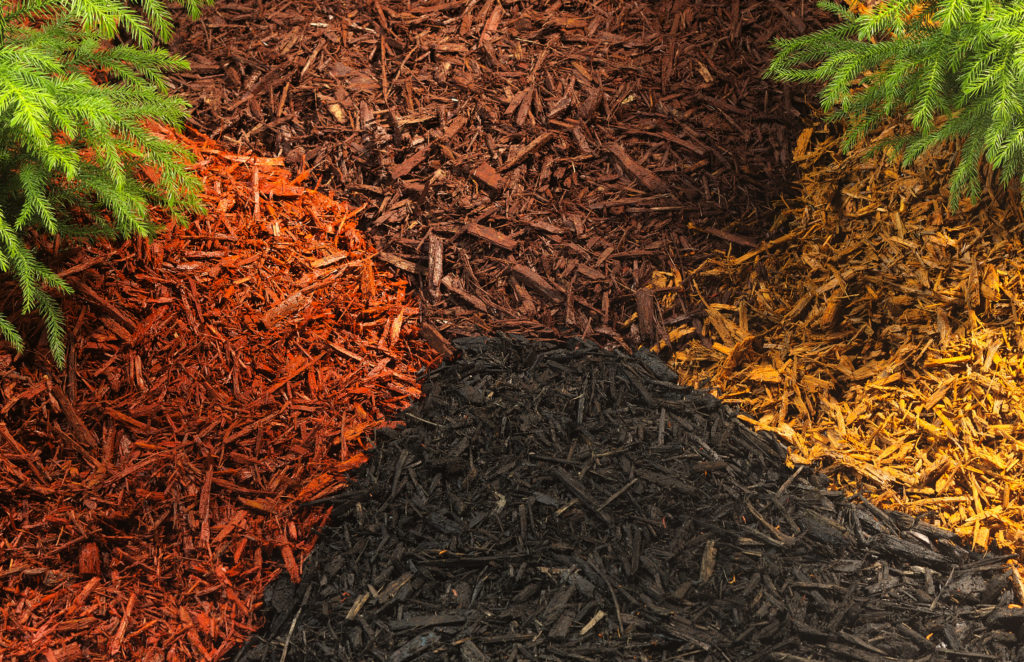
Why Do We Use Mulch?
There are many signs that spring has arrived…robins chirping, daffodils blooming, the days get longer, and there’s the unmistakable smell of mulch in the air. Mulch. It’s a glorious blanket for the planting beds that makes the landscape look clean and manicured each spring. But mulch also serves many important roles in the landscape outside of just making the beds look nice. Mulch retains soil moisture, insulates the root zone to keep soil temperatures more consistent, and helps to prevent invasive and unsightly weeds. Organic mulches will also create a favorable environment for soil organisms that are essential to good plant health.
How is Mulch Made?
Mulch comes in many forms from pine needles to decayed leaves to rubber or stone, but the most commonly used material for commercial property’s landscape beds is double shredded hardwood mulch. Hardwood mulches are typically comprised of Oak, but they can also contain Hickory, Maple, or Locust. The process of making mulch involves taking wood, shredding it, screening it (to remove large chunks, branches, or unsuitables), and shredding it again. After the wood is shredded twice, the mulch is aged several months before being used in the landscape – a good average is 6 months. When “green” or freshly shredded mulch has not had adequate time to age, it can rob planting beds of Nitrogen which would actually be harmful to plants and could result in poor appearance and health of the landscape.
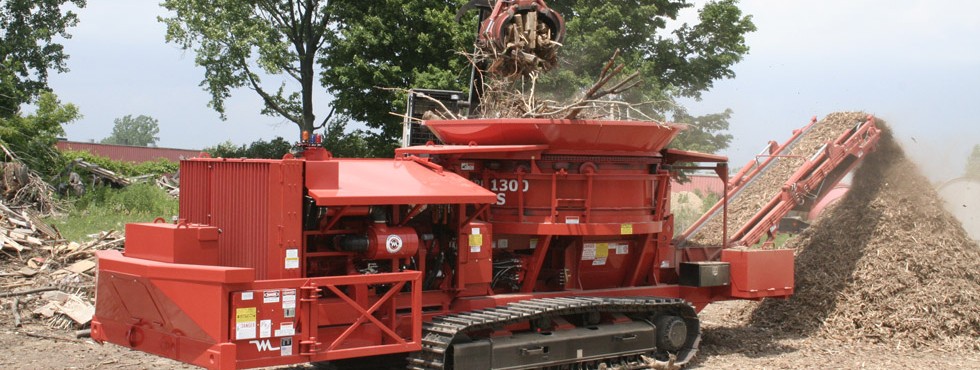
Dyed Mulch vs. Natural Mulch
There has been a debate going on for many years about the use of dyed mulches in landscape. Natural shredded mulch fades to a dull gray and many property owners and managers were looking for ways to extend the look of a freshly mulched property. Dyed mulches keep their color longer than undyed alternatives, but are they safe?
The most commonly used colors of dyed mulch now are red, brown, and black, but there are still a rainbow of options. The dyes used to color the shredded wood are typically food safe dyes that are non-toxic to plants, animals, and children. For example, black dyes are usually carbon based and red dyes come from iron oxide compounds. What can make dyed mulch dangerous is the wood that it is made from. Early on, mulch suppliers made colored mulch from wood products that were headed to the landfill like pallets, pressure treated lumber, and other random types of wood treated wood. These types of treated or unaged wood can be dangerous to use around ornamental plantings and can also be harmful if ingested by pets or children. While the use of these kinds of wood to make mulch has decreased significantly, it’s best to purchase dyed mulch products from reputable vendors that have samples available to see and touch.
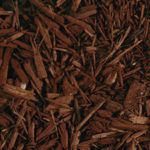
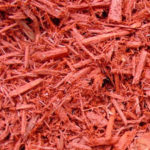
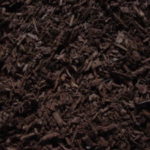
If you haven’t decided on the mulch for your commercial property or if you want to see samples of the mulches available, call Complete today and one of our Grounds Management professionals will show you the best options to make your commercial property stand out.






